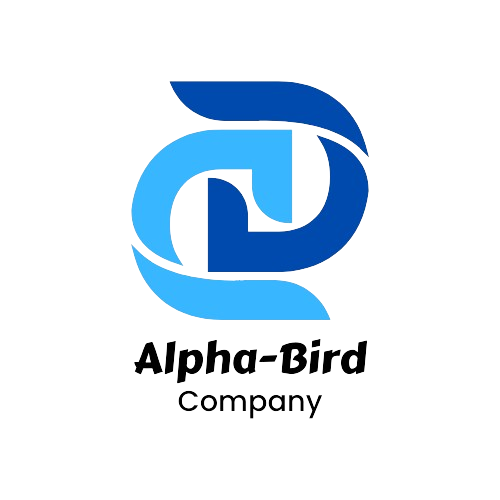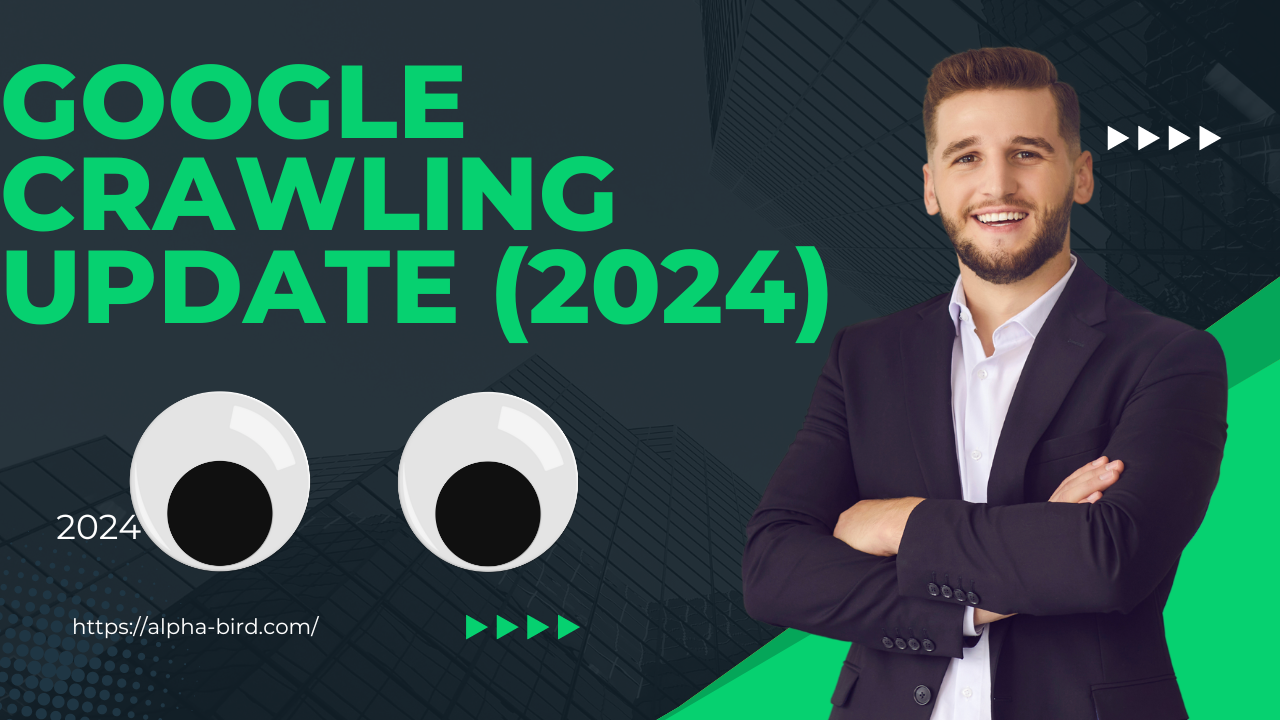Google Crawling

Google crawling is the cornerstone of this discovery process, as it determines which pages will be included in the search engine’s index and subsequently displayed to users in search results. Understanding how Google crawls websites and implementing strategies to optimize your site’s crawlability is essential for improving visibility, driving organic traffic, and achieving higher search engine rankings. In this extensive SEO blog post, we’ll delve into the intricacies of Google crawling, explore best practices for optimizing website discovery, and provide actionable tips for improving crawlability.
Introduction to Google Crawling:
Google crawling is the process by which the search engine’s bots, known as crawlers or spiders, systematically navigate through the vast expanse of the internet, discovering and indexing web pages to include in its search results. This process is the foundation of search engine optimization (SEO), as it determines which pages will be surfaced to users when they search for relevant queries. Understanding how Google crawls and indexes websites is essential for maximizing your online visibility and attracting organic traffic to your site.
Google Crawling:
Google’s crawlers use sophisticated algorithms to discover and crawl web pages across the internet. When a crawler visits a website, it starts by fetching the homepage and then follows links to other pages on the site. Along the way, it analyzes the content and structure of each page, indexing relevant information such as keywords, meta tags, and links. This indexed information is then used to rank pages in search results based on their relevance and authority.
Best Practices for Optimizing Website Crawling:
- Create a Sitemap: A sitemap is a file that provides Google with a roadmap of your website’s structure and hierarchy. By submitting a sitemap to Google Search Console, you can help crawlers discover and index all the pages on your site more efficiently. Be sure to keep your sitemap updated whenever you add or remove pages from your site.
- Optimize Robots.txt: The robots.txt file is used to instruct search engine crawlers on which pages of your site should be crawled and indexed. Ensure that your robots.txt file is properly configured to allow crawlers access to important pages while blocking access to any sensitive or duplicate content. Regularly review and update your robots.txt file to ensure that it accurately reflects your site’s content and structure.
- Use Internal Linking: Internal linking is a powerful strategy for guiding Google crawlers through your website and establishing a hierarchy of importance among your pages. Include relevant internal links within your content to help crawlers discover and index related pages more effectively. Be strategic in your internal linking efforts, focusing on linking to pages that are relevant and authoritative within your site.
- Optimize Page Load Speed: Page speed is a crucial factor in Google’s crawling and indexing process. Ensure that your website loads quickly and efficiently by optimizing images, minimizing server response times, and leveraging browser caching. Use tools like Google Page Speed Insights to identify and address any issues that may be slowing down your site’s performance.
- Fix Crawl Errors: Monitor Google Search Console for crawl errors such as broken links, server errors, and crawl anomalies. Address any issues promptly to ensure that Google can crawl and index your site without encountering obstacles. Regularly review your site’s crawl error reports and take action to resolve any issues that may arise.

FAQs About Google Crawling:
Q: How often does Google crawl my website? A: The frequency of Google crawling depends on various factors such as the size and authority of your website, the frequency of content updates, and the speed of your server. Generally, Google crawls larger and more frequently updated sites more often than smaller or less frequently updated sites. You can use tools like Google Search Console to monitor crawl stats and see how often Google is crawling your site.
Q: Why are some pages of my website not being crawled or indexed by Google? A: There could be several reasons why certain pages of your website are not being crawled or indexed by Google. Common issues include crawl errors, duplicate content, low-quality or thin content, and issues with internal linking or navigation. Use tools like Google Search Console to identify and address any crawl issues that may be preventing Google from indexing your pages.
Q: How long does it take for Google to index a new webpage? A: The time it takes for Google to index a new webpage can vary depending on factors such as the crawl frequency of your website, the relevance and quality of the content, and the presence of internal and external links pointing to the page. In general, Google aims to index new pages within a few days to a few weeks of discovery. You can use tools like Google Search Console to submit new pages for indexing and monitor their progress.
Conclusion:
In conclusion, Google crawling is the backbone of search engine optimization (SEO) and plays a critical role in determining your website’s visibility and rankings in search results. By understanding how Google crawls and indexes websites and implementing best practices for optimizing your site’s crawlability, you can improve your chances of being discovered by search engines and reaching your target audience. Remember to regularly monitor crawl errors, optimize your site’s performance, and provide high-quality, relevant content to ensure that Google crawlers can effectively index and rank your website for relevant search queries. With the right approach to Google crawling, you can enhance your online presence, attract organic traffic, and achieve your SEO goals.

